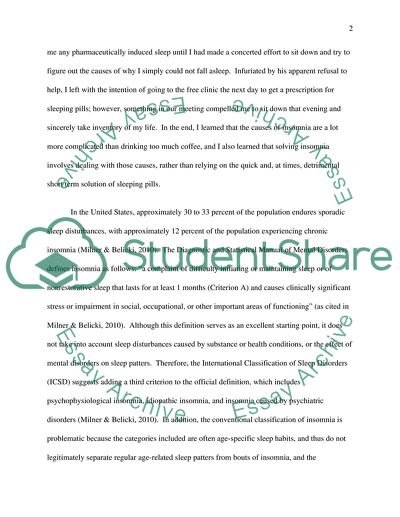Cite this document
(Causes and Effects of Insomnia Research Paper Example | Topics and Well Written Essays - 1750 words, n.d.)
Causes and Effects of Insomnia Research Paper Example | Topics and Well Written Essays - 1750 words. Retrieved from https://studentshare.org/health-sciences-medicine/1747585-insomnia-cusses-and-effects-of-insomnia
Causes and Effects of Insomnia Research Paper Example | Topics and Well Written Essays - 1750 words. Retrieved from https://studentshare.org/health-sciences-medicine/1747585-insomnia-cusses-and-effects-of-insomnia
(Causes and Effects of Insomnia Research Paper Example | Topics and Well Written Essays - 1750 Words)
Causes and Effects of Insomnia Research Paper Example | Topics and Well Written Essays - 1750 Words. https://studentshare.org/health-sciences-medicine/1747585-insomnia-cusses-and-effects-of-insomnia.
Causes and Effects of Insomnia Research Paper Example | Topics and Well Written Essays - 1750 Words. https://studentshare.org/health-sciences-medicine/1747585-insomnia-cusses-and-effects-of-insomnia.
“Causes and Effects of Insomnia Research Paper Example | Topics and Well Written Essays - 1750 Words”, n.d. https://studentshare.org/health-sciences-medicine/1747585-insomnia-cusses-and-effects-of-insomnia.


